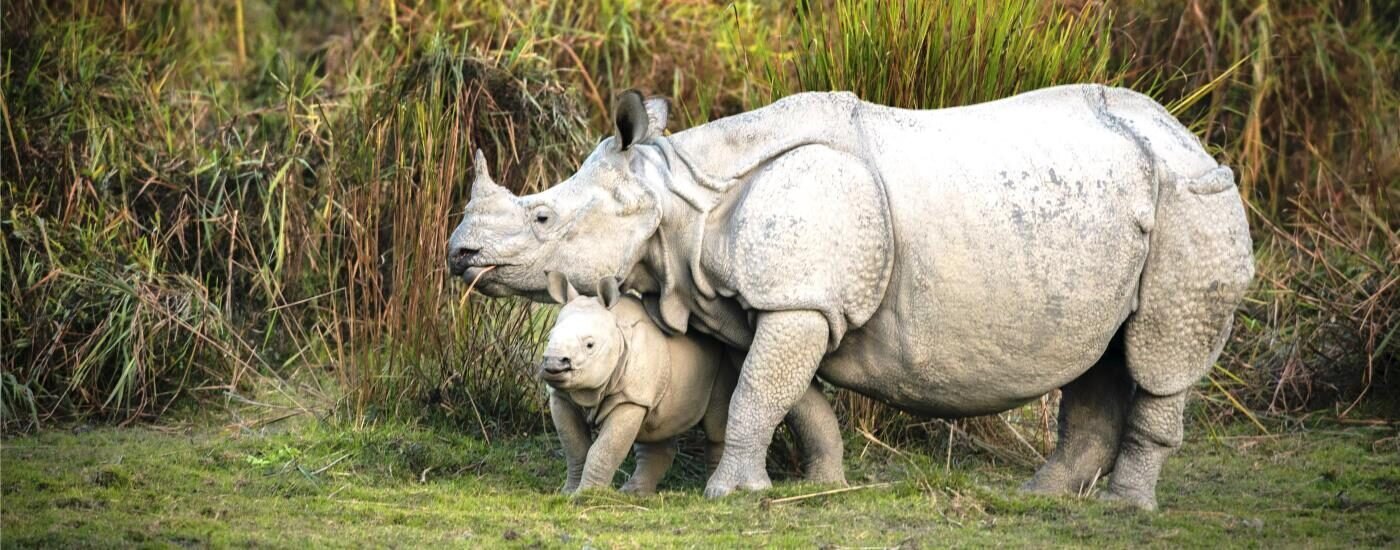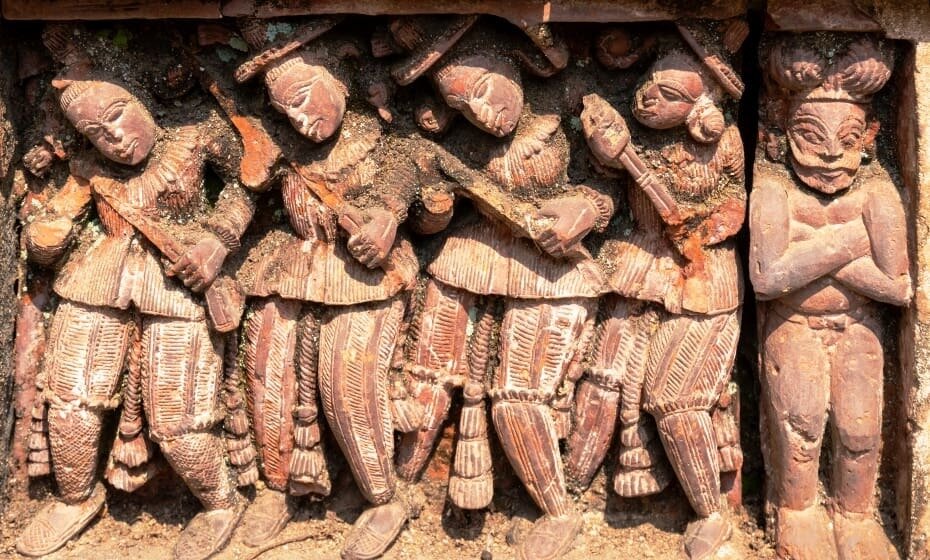World Heritage Sites in North East India
Amazing wildlife sanctuaries, mountain railways and historic monuments are just a small selection of the UNESCO World Heritage Sites in North East India along with Kolkata and Central India.
What is a World Heritage Site?
World Heritage Sites are human-made or natural areas, landmarks, sites or structures recognised as having cultural, historical or scientific significance by UNESCO. They then are awarded special international protection.
World Heritage Sites in North East India
Kaziranga Wildlife Sanctuary, Assam
Located in the heart of Assam, Kaziranga National Park is one of the last unmodified natural areas in the north-eastern region of India, undisturbed by human presence. It houses the world’s largest population of one-horned rhinoceroses, along with mammals, elephants, panthers and bears, and thousands of birds. The park was declared as a Tiger Reserve in 2007.
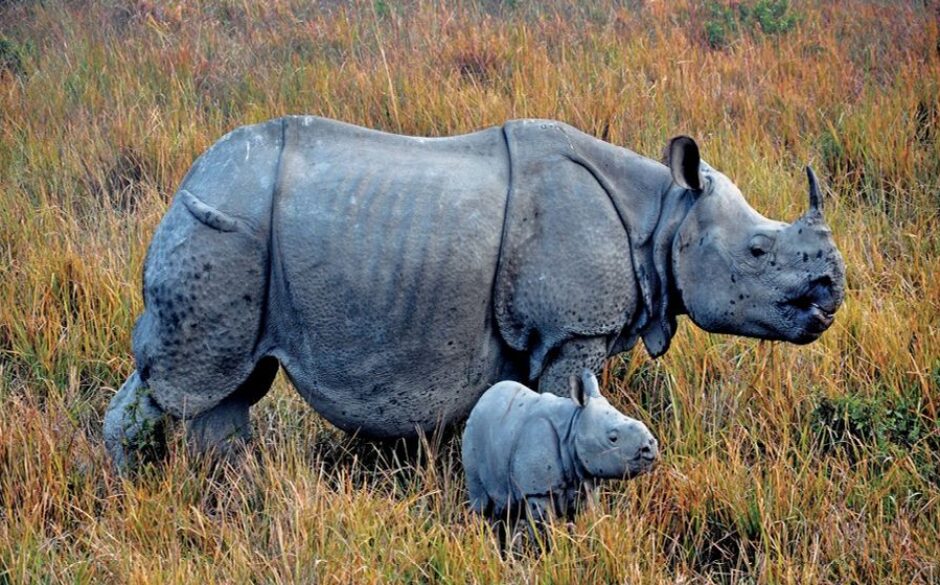
Manas Wildlife Sanctuary, Assam
A biodiversity hotspot covering an area of 39,100 hectares, Manas Wildlife Sanctuary is where large populations of numerous threatened species such as the tiger, pygmy hog, Indian rhinoceros and Indian elephant continue to survive. This beautiful place also includes forested hills, sedimentary grasslands and tropical evergreen forests.
Moidams of Choraideo Mound-Burial System of the Ahom Dynasty
A recent addition to our list of World Heritage Sites in North East India is the Moidams, the mound-burial system of the Ahom Dynasty in Assam. Designated as a UNESCO World Heritage Site in July 2024, these sacred burial mounds are where members of the Ahom royal family were laid to rest, blending indigenous Assamese traditions with the influence of Tai-Ahom culture. Located primarily in Charaideo, the moidams are significant for their historical and architectural value, representing the unique mortuary practices of the Ahom Dynasty, which ruled Assam for nearly six centuries.
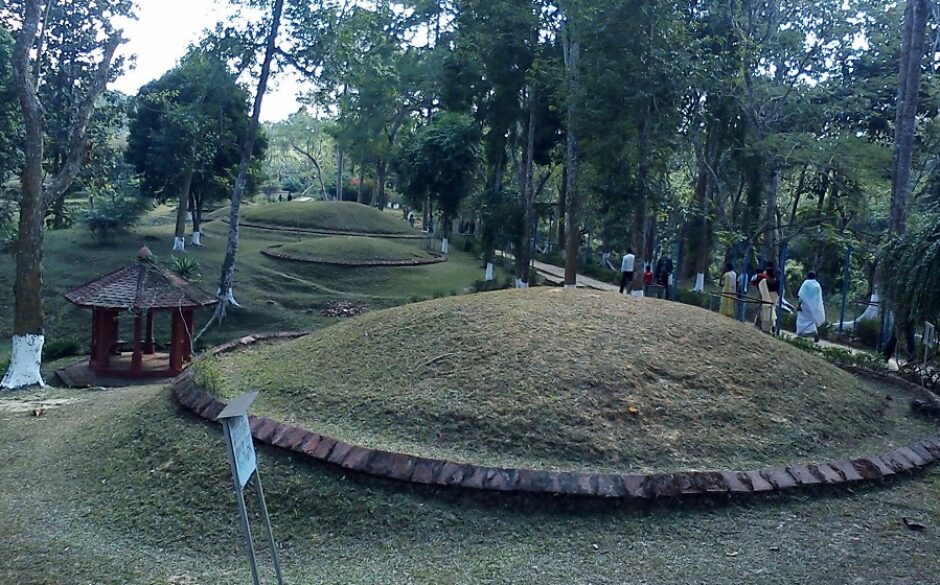
Archaeological Site of Nalanda Mahavihara (Nalanda University), Bihar
Dating from the 3rd century BCE to the 13th century CE, Nalanda Mahavihara is one of the most ancient universities of the Indian Subcontinent. The stupas, shrines, viharas (educational and residential buildings) and important artworks in metal, stone and stucco show the development of monastic and educational traditions and portray the growth of Buddhism.
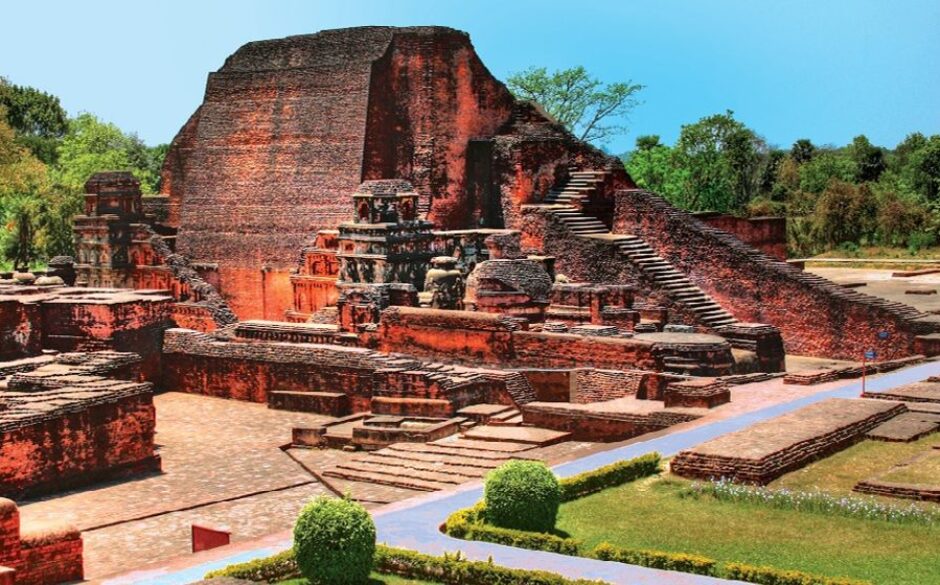
Mahabodhi Temple Complex at Bodh Gaya
Translating as “Great Awakening Temple”, the Mahabodhi Temple Complex is a Buddhist temple honouring the spot where Buddha gained Enlightenment after sitting under a sacred fig tree for three days and three nights. This holy site dates back to the 3rd century B.C., attracts numerous pilgrims each year and was one of the first Buddhist temples to be built entirely in brick.
Sun Temple, Konârak, Odisha
The stunning Sun Temple at Konarak is a representation of the sun god Surya’s chariot, led by six horses and with 24 ornately decorated wheels. Situated on the shores of the Bay of Bengal, this 13th-century temple is one of the most famous Brahman sanctuaries in India and a beautiful example of one of the World Heritage Sites in North East India.
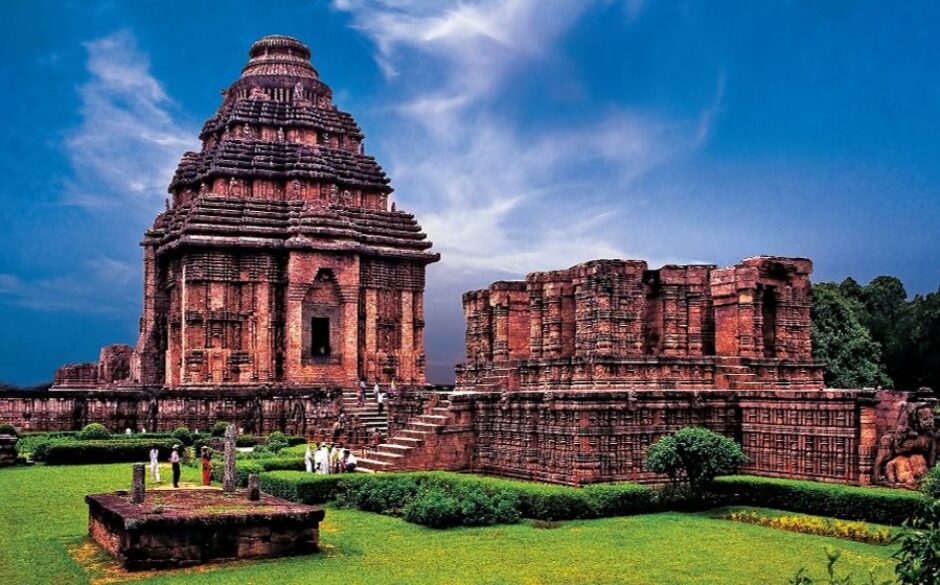
Khangchendzonga National Park, Sikkim
A unique variety of glaciers, lakes, snow-capped mountains, plains and valleys combine to form Khangchendzonga National Park in the Himalayas. Here you’ll find Mount Khangchendzonga, associated with many myths, alongside numerous natural elements (caves, rivers, lakes, etc.) worshipped by the indigenous people of Sikkim.
Sundarbans National Park, West Bengal
Sundarbans National Park is home to the world’s largest area of mangrove forests, along with numerous rare or endangered species including aquatic mammals, birds, reptiles and tigers. The 10,000 km2 of land and water in the park is split between India and Bangladesh.

Shantiniketan, West Bengal
Shantiniketan, located in West Bengal, India, was recently designated a UNESCO World Heritage Site in September 2023. It was founded by poet and Nobel laureate Rabindranath Tagore in 1901 as an experimental educational institution aimed at fostering a holistic learning environment that blended nature, culture, and education. Shantiniketan later became the Visva-Bharati University, reflecting Tagore’s vision of a global cultural exchange. Renowned for its progressive ideals and unique architectural style, Shantiniketan continues to be a symbol of artistic, cultural, and intellectual heritage in India.
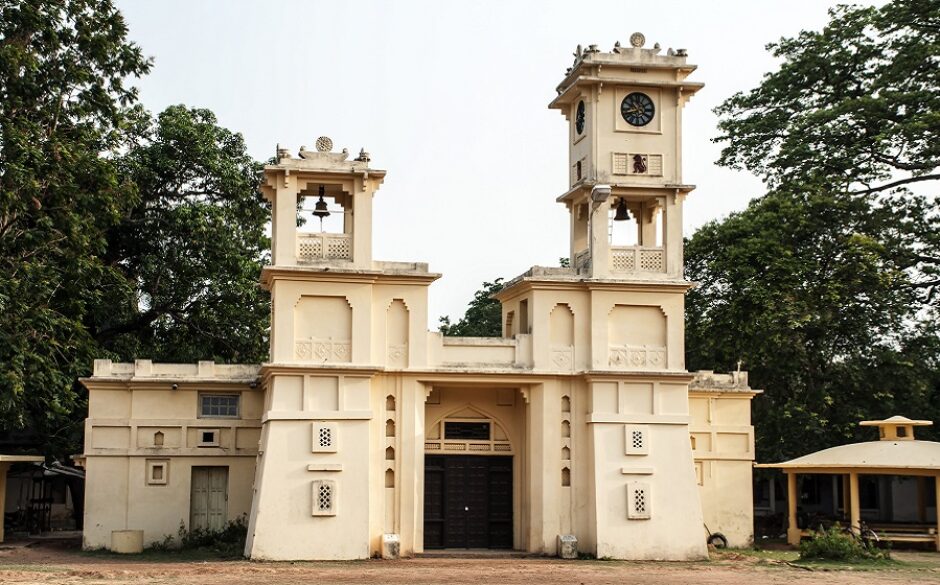
Mountain Railways of India
The Mountain Railways of India consists of the Darjeeling Himalayan Railway, a hill passenger railway dating back to 1881, the 46-km long metre-gauge single-track Nilgiri Mountain Railway in Tamil Nadu and the 96-km long Kalka Shimla Railway, all of which are fully operational and offering amazing views of the surrounding mountain landscape. One of the more quirky World Heritage Sites in North East India!
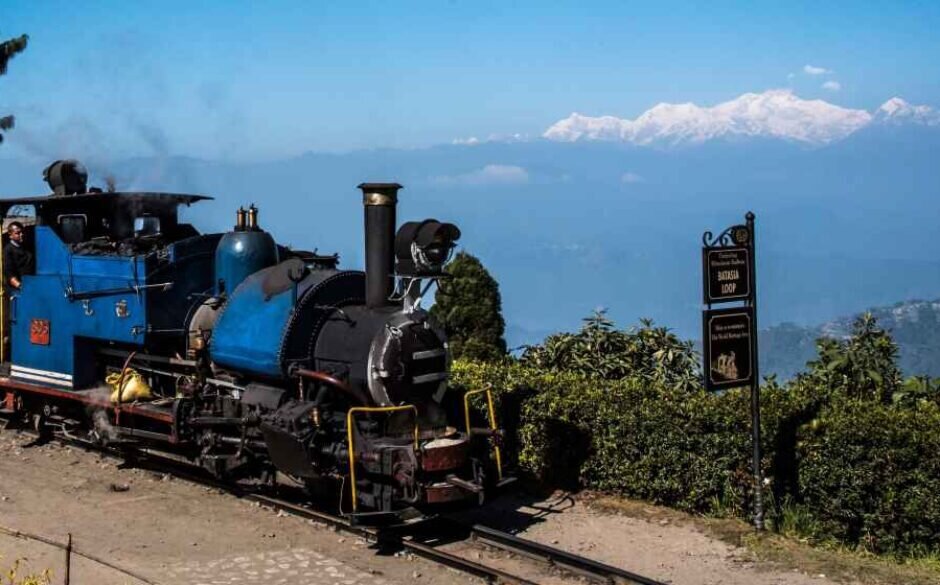
We hope our guide to the World Hertiage Sites in North East India has inspired your travel wishlist. Many of our suggested tours feature visits to the World Heritage Sites in North East India, but feel free to take inspiration from this list and devise your own bespoke culture escape. Happy heritage hunting!
Interested in World Heritage Sites in North, West or South India? Read more here:
World Heritage Sites in North India & the Indian Himalayas

